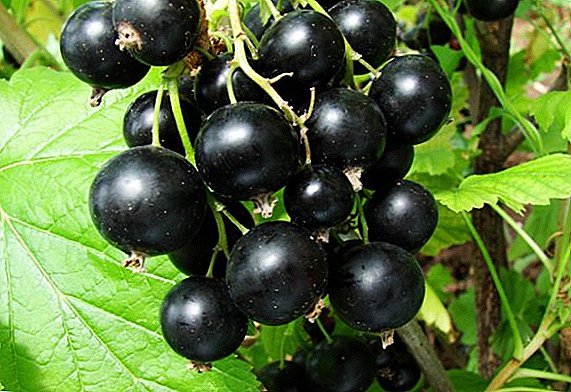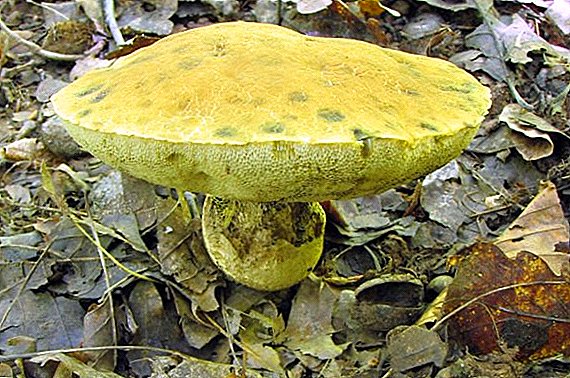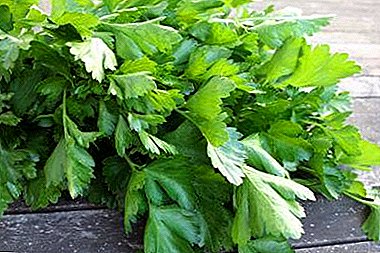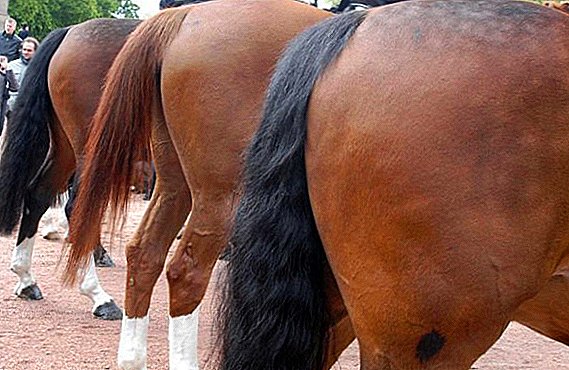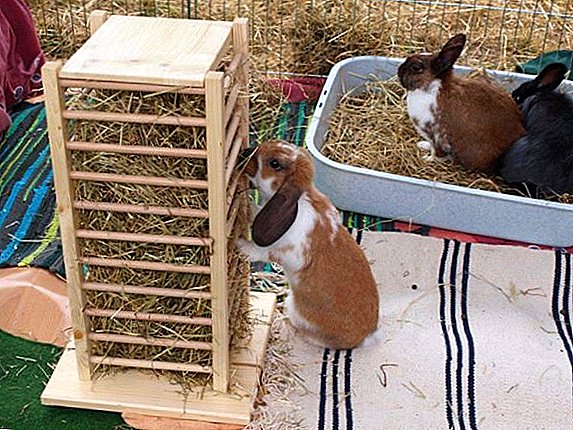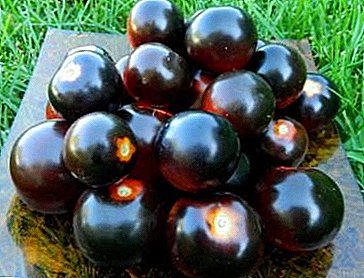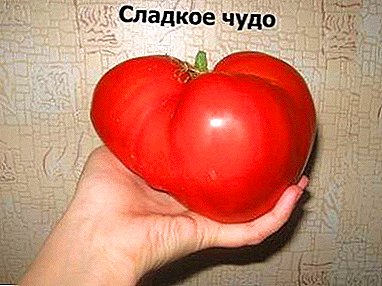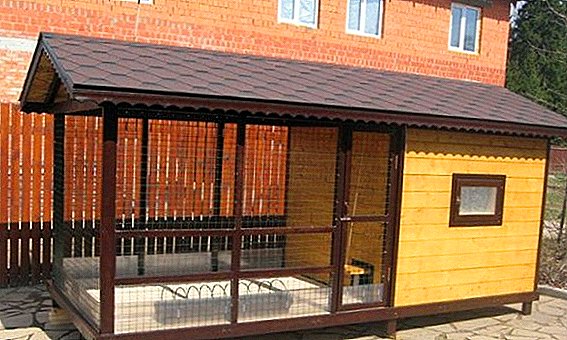 For poultry, it is imperative to equip a comfortable room where birds can relax, eat, quench their thirst and rush. The most successful option of this place is the chicken coop. There are many options for its construction and arrangement. We propose to consider the chicken coop, designed by a poultry farmer with great experience Semyon Dodonov. Designed hen house takes into account everything necessary for the convenience of birds.
For poultry, it is imperative to equip a comfortable room where birds can relax, eat, quench their thirst and rush. The most successful option of this place is the chicken coop. There are many options for its construction and arrangement. We propose to consider the chicken coop, designed by a poultry farmer with great experience Semyon Dodonov. Designed hen house takes into account everything necessary for the convenience of birds.
The advantages of such a chicken coop
Here are a few arguments that indicate how better Dodonov’s hens are better than others:
- universality of construction: it is possible to grow not only chickens in it, but also other birds;
- everything necessary is provided in the house, from feeding troughs and troughs to lighting devices;
- taken into account not only the requests of birds, but also ease of use for the owners;
- attractive exterior design of the building;
- protection of chickens from various predators.

What are
Poultry houses come in several types. Let's see what the features of each.
Summer
This facility is intended for growing birds in a warm period (from spring to autumn). It has a walking area and a room for direct keeping of chickens. The coop is designed for 6 individuals. 
Winter
The warmed version with boxes in which perches and nests are placed is a winter poultry house. There are special windows for collecting eggs.
Consider all the features of the content of chickens in the winter season and how to heat the chicken coop in winter.
Infrared lamps provide light and heat to pets. Buildings come in different sizes. 
Suite
In this chicken coop there is a shield to protect the birds from the weather. A crossbar for chickens was made on the walking platform. Premises come in various shapes. In the round house there is a heated floor and a protective grid against rodents. In the walls there are vents provided for ventilation. 
Buy or build
There are various chicken coops available, but you can make them yourself. Buy ready or build yourself - you decide. And we list the benefits of each.
Poultry farmers should learn how to choose the right chicken coop, how to make a chicken coop with their own hands, how to build a chicken coop for the winter and how to equip the chicken coop.
Pros ready
The advantages of the purchased house include:
- relatively low weight of the building and the possibility of installation in any place you like;
- diverse range;
- the use of quality materials in the manufacture;
- equipment with all necessary accessories;
- beautiful appearance;
- possibility of dismantling and installation at any time and in the right place.

Pluses homemade
Finished poultry houses are not cheap. And if for this or some other reason you can not buy a chicken coop, then make it yourself. The advantages of this building will be:
- opportunity to save on materials;
- making (if necessary) their own adjustments in the interior;
- savings on shipping designs.
Did you know? Slavs for the safety of chickens used an amulet called "chicken god". A pebble with a hole, a neck of a broken jug or a bast could play its role. They were placed in a chicken coop near the feeders or hung on a stake in the yard. They did it so that the chickens felt good and were whole.
How to make their own hands
Before starting the self-construction of the house, it is necessary to prepare the tools, decide on the type of chicken coop, materials, and also choose a place for the construction of the chicken coop.  Drawing of the hen house Dodonov
Drawing of the hen house Dodonov
Location and size
It is advisable to arrange the structure so that the windows are on the south side and the doors on the east or west. The place is better to choose silent, on a height. Sizes will depend on the number of birds expected. The most popular is the chicken coop with the following parameters:
- length - 4.5-5 m;
- width - 2.3-2.5 m;
- height - about 2.3 m.
Important! When choosing the size of a chicken coop, you must remember that there should be no more than 3 adult birds per 1 m². The best option for 10 individuals will be 4-5 m². Height - not less than 1.8 m. Closer space will negatively affect productivity.
Necessary materials
For the construction will need:
- boards;
- parallel bars;
- net for the aviary;
- slate or ruberoid;
- glass;
- insulation material (mineral wool or foam);
- brick, cement, gravel (for foundation);
- expanded clay;
- paint;
- sealant.

Tools for work
From tools needed:
- hammer;
- drill or screwdriver;
- saw;
- shovel;
- nails;
- roulette;
- ruler with level.
Agree that the maintenance of poultry is also important and aesthetic component. We offer to get acquainted with the design of beautiful hen houses.
Step-by-step instruction
For a small house you can not lay the foundation, but for a bigger building it is necessary to do it. The work consists of several stages:
- Using pegs and cord, mark up the boundaries of the building.
- Remove the layer of earth with a thickness of 20-25 cm.
- At the corners we dig a pit up to 70 cm deep and 0.5 m wide.
- The pits are covered with a layer of gravel (10 cm).
- We lay out brick columns, fastened with mortar.
- About a week later, the entire bottom is filled with a layer of gravel drainage.
 The foundation for the hen house Dodonova Bay Foundation, proceed to the floor. It can be concrete or wooden. But wooden floors, though easier to build, but not so durable. Concrete - more reliable and durable, but they need to fall asleep litter.
The foundation for the hen house Dodonova Bay Foundation, proceed to the floor. It can be concrete or wooden. But wooden floors, though easier to build, but not so durable. Concrete - more reliable and durable, but they need to fall asleep litter.For the construction of walls most often used timber. Their height should not be below 180 cm. We build walls in this way:
- Using wooden beams (diameter about 5-10 cm), we establish a framework.
- Boards (40-50 mm thick) tightly sheathe the frame so that there are no gaps. Moisture-resistant plywood or OSB (about 8 mm thick) can be used as a plating. For insulation suitable foam (50-100 mm) or mineral wool.
- From above for beauty and durability at will the building can be sheathed with siding or clapboard.
- In the walls leave openings for installation of windows.
 We install the frame of the hen house Dodonov. We make a roof for a gable or single-sided, you can only cover the house, and you can also use the walking area. Build a roof is not difficult:
We install the frame of the hen house Dodonov. We make a roof for a gable or single-sided, you can only cover the house, and you can also use the walking area. Build a roof is not difficult:
- Making the flooring.
- Well connect logs at an angle.
- We insulate the flooring and use expanded clay as a heater.
- To the beams we attach roofing material, and from above we cover with slate, metal tile or professional sheet.
For a chicken coop with a walk, we are building an aviary. Its size should be more than a house and a half to two times. The easiest place for walking:
- We make several sections of the bars.
- Tightening sections of the grid.
It is known that in the open air the health of the hens becomes better and the egg production increases. Read all about how to do the paddock for chickens.
When self-built, you can choose different drawings and designs. Depending on financial possibilities, you can use both expensive materials and more economical options.  Drawing of the hen house Dodonov
Drawing of the hen house Dodonov
Interior arrangement
Build a house - this is still half the battle, you need to comfortably equip it. In the ready-made hen houses of Dodonov everything goes in a set, and in case of independent construction, you should equip roosts, nests, drinking bowls and feeders, and also do not forget about ventilation, lighting and heating.
For ventilation there will be enough two pipes (diameter 10 cm), which will pass through the roof. They must be placed on two opposite walls: one - under the ceiling, and the other - slightly above the floor. For the tightness of the roof you need to use covers that are put on the pipes and fit snugly to the roof.
Another important point is the lighting. It must be at least 10-12 hours a day. Conventional lamps are not well suited for this purpose, it is better to use infrared, fluorescent or energy-saving.
If there is enough natural light in the summer, then it is impossible to do without lighting the chicken coop in winter. Find out what kind of lighting should be in the coop in the winter.
For heating the house a good option would be infrared heaters. They are economical, do not take up much space and are perfectly attached to the walls or ceiling.  Interior arrangement of the hen house Dodonov
Interior arrangement of the hen house Dodonov
Nests and nests
Calculate the number of perches need, based on the number of chickens: each bird needs about 30 cm perch. Very often they are made like a broad staircase. But it is better to make from a rounded timber (40x60 mm) and place at a height of about 70 cm, but not set over each other. To facilitate cleaning under the perch have trays.
Did you know? The image of a rooster and a hen was often used in embroidery on the ends of towels, hems of shirts, and kokoshniks. It is believed that the word "kokoshnik" comes from the old Slavic word "kokosh", which means rooster or chicken.
An important element is a comfortable nest. For this, ordinary wooden boxes are quite suitable, the bottom of which can be covered with sawdust or hay. Place them in the corners of the room at a height of 30 cm above the floor. 
Feeders and drinkers
In specialized stores you can buy ready-made feeders and drinkers, but you can do it yourself. For dry and solid feeds, a narrow container can be built from planks, while plastic containers are suitable for liquids and water.
Important! When building a metal roof, it should be remembered that chickens do not like noise, therefore, in order to eliminate sounds from rain or hail, put penofol under the metal for sound insulation.
Litter
To simplify the cleaning of the house, as well as for the comfort of chickens, it is desirable to lay the floor with straw, sawdust or other dry material. In the summer, there is enough bedding with a thickness of 10 to 15 cm, in the winter, about 20 cm.
In the finished hen house of Dodonov there are all the components, all requests are taken into account and high-quality materials are used. Self-built can be simpler and cheaper, so the choice is yours. There is finance for the purchase and not enough time - buy, if money is tight, and there is free time - build it yourself.




